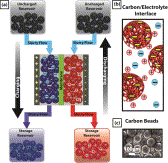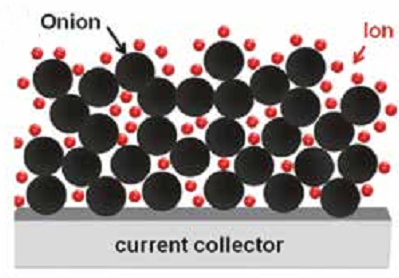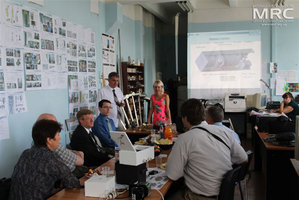
Publication on the electrochemical flow capacitor (EFC) by nanomaterials group of DNI, Drexel University, USA. EFC is a new technology for grid energy storage that is based on the fundamental principles of supercapacitors.
 Carbon onions represent one of the least studied carbon nanomaterials, and are seeing a large increase in attention for energy storage applications.
Carbon onions represent one of the least studied carbon nanomaterials, and are seeing a large increase in attention for energy storage applications.
 That research projects were organized by the U.S. Department of Energy (United States Department of Energy (DoE), Argonne National Laboratory, USA (Argonne National Laboratory, USA) for the development of new batteries for electric drive vehicles.
That research projects were organized by the U.S. Department of Energy (United States Department of Energy (DoE), Argonne National Laboratory, USA (Argonne National Laboratory, USA) for the development of new batteries for electric drive vehicles.
WordPress.com supports LaTeX, a document markup language for the TeX typesetting system, which is used widely in academia as a way to format mathematical formulas and equations. LaTeX makes it easier for math and computer science bloggers and other academics in our community to publish their work and write about topics they care …
